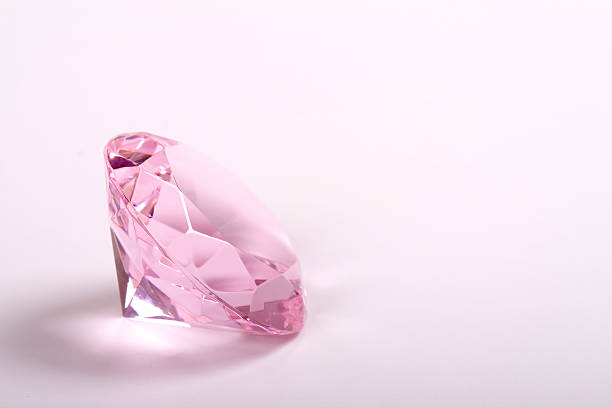Demystifying Rubellite Tourmaline Stones All Entries

Beauty and rarity aren’t the only selling points of Rubellite tourmaline stones may have beauty and rarity, but they. You can present these ornaments to your significant other to communicate your love. You may confuse rubellite tourmaline stones with rubies, but these multifaceted gems come from the tourmaline family. Their name originates from the Latin word “rubellus”, meaning reddish. However, colors range from pink to crimson.
Rubellite vs. Ruby
Rubies are precious stones, while rubellite tourmaline stones are semi-precious gemstones. While rubies mostly occur in deep red hues, you can find purple and pink rubellites. Rubies could be valuable, but naturally-clear rubellites could be costlier owing to their rarity. Another difference is their origin. Most ruby deposits are in Thailand, Nepal, Myanmar, and Pakistan. Contrarily, rubellites come from Madagascar, Nigeria, Brazil, and Mozambique.
Determining Rubellite Quality
All rubellite tourmaline stones aren’t equal. That’s why you should evaluate them to differentiate rare varieties from inexpensive ones. Because they apply to the 4C's, rubellite grading standards are similar to diamonds. But unlike diamonds that employ universal appraisal criteria, rubellite evaluation differs with gem varieties depending on market demand, rarity, and formation. The following factors guide rubellite pricing.
- Color
Color is the main component of rubellite quality. Tourmalines may have a large color selection, but each stone variety has the desired color. The further the gem is from its preferred shade, the lower its value. Each tourmaline crystal has a primary and secondary hue whose intensity varies with the viewing angle. Rubellite tourmaline stones display primary pure reds and secondary pinks or purples. Unlike purplish-red varieties, crimson rubellites are scarce, hence, more expensive. What’s more, brown tints disqualify stones from being rubellites. High-quality rubellites shouldn’t change color under different lighting levels.
- Cut
Cutters often design rubellite tourmaline stones as long rectangles. Though cutting the stone lengthwise reduces waste, jewelers also consider the gem’s optical properties. For example, orienting tables perpendicular to crystal lengths darkens pale rough. On the other hand, parallel alignment of tables to crystal lengths lightens dark rough. To evaluate the cut, check the symmetry and whether the shape is pleasing. This goes together with the stone’s reflective properties. A gem that returns light costs more than one with dark spots and appears washed out.
- Clarity
Clarity is a gem’s freedom from inclusions. Since most rubellite tourmaline stones are imperfect, collectors prefer eye-clean gems because they’re rare. However, some flaws create attractive patterns when the stone reflects light. Remember, inclusions shouldn’t affect the gem’s durability.
- Carat
It’s the gemstone’s mass, where a carat equals 200 milligrams. Ordinarily, heavier stones cost more. Likewise, larger gems have higher per-carat prices, seeing large sizes are rare. Note that carat isn’t an accurate price measure without other grading components.
Enhancements
Irradiation can transform pale pink stones into red. Because this treatment is unnoticeable to the naked eye, assume all rubellite tourmaline stones are modified, even if some aren’t. Another enhancement is inclusion filling to increase clarity. Although hot point testing and FTIR techniques detect enhancements, these procedures affect stone quality. Unless you’re a gem collector, acknowledge that natural rubellites are rare, thus, their hefty price tag. Moreover, treated jewelry is attractive on any ornament.
Caring for Rubellite Tourmaline Stones
Despite their toughness, mishandling destroys rubellite tourmaline stones. For starters, use protective settings to prevent scratches, especially on heavily-included gems. Because it invites cracks, protect rubellite tourmaline stones from sudden temperature changes. The same applies to cleaning. Instead of steam and ultrasonic technologies, clean your jewelry with a soft brush and warm, soapy water.
For more information about rubellite tourmaline stones, contact Ralph Mueller & Associates today.